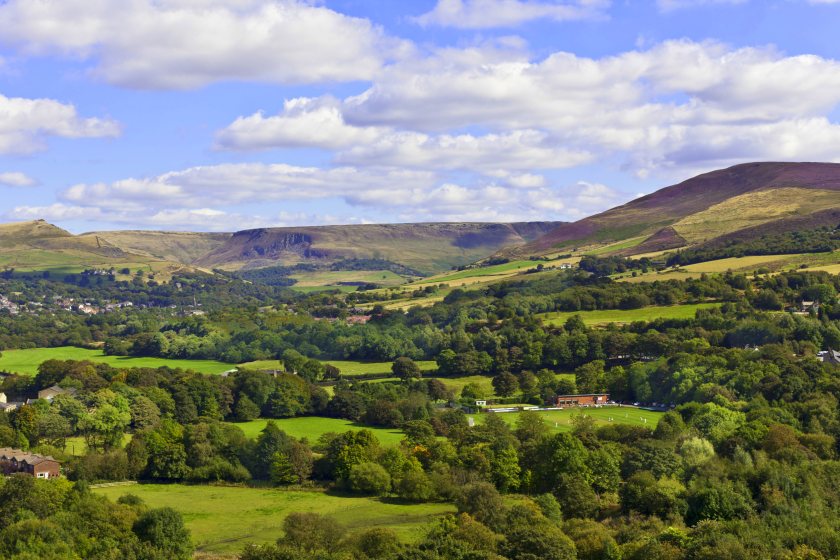
Britain’s farmland market is showing striking contrasts, with some farms fetching exceptional sums while average prices edge lower ahead of the autumn budget.
Analysis from Strutt & Parker shows the average price of arable land in the first nine months of 2025 was £10,400 per acre – 8% down on the 2024 average of £11,300. Pasture land also fell, averaging £8,500 per acre, a 7% drop from last year’s £9,100.
Sam Holt, head of estates & farm agency at Strutt & Parker, said the market is proving uneven: “It is proving to be a market of contrasts, with some farms attracting strong competition, while others are finding it hard to find a buyer because of a wide range of variables.
"Even within the same county, we are seeing land values ranging from £7,000 to £17,000/acre for comparable quality arable land.”
Much of the dip in average values is down to more land selling in the £8,000–£10,000 bracket and fewer sales topping £12,000 an acre, according to the firm's ’s Farmland Database.
Yet Holt notes values remain historically strong: “In the five years to 2020, only about 30% of arable land sold each year achieved more than £10,000/acre. In 2025, that figure still remains close to 60%.”
While many assume large volumes of land have hit the open market this year, Strutt & Parker’s figures show otherwise.
About 83,000 acres were publicly launched in the first three quarters – slightly above the five-year average but over 10% down on the same period in 2024. The number of farms marketed also fell, from 255 in 2024 to 225 this year.
Holt said political and financial uncertainty is driving caution: “Despite surveys showing farmer confidence is low, we have not seen this result in an increase in supply.
"Many landowners are taking a ‘wait and see’ approach… several vendors who were preparing to sell this autumn have delayed until early 2026, preferring to first find out what the autumn budget may bring.”
The data, which covers farms and parcels over 100 acres, also suggests demand has cooled from the 2021-2022 peak.
More farms launched in 2024 remain unsold or were withdrawn, and sales are taking longer. Still, Holt points out: “More than 50% of the farms that do sell are doing so at or above their guide prices.”
Farmers remain the dominant buyers, accounting for over half of transactions in 2024 – the first time since 2021. Institutional investors, by contrast, have been less active in recent months, reflecting weaker commodity prices.
Despite squeezed margins from tax changes, falling arable incomes and the closure of the Sustainable Farming Incentive, Holt says farmers continue to pursue opportunities.
“Although margins are under pressure, many farming businesses are still prepared to take a long-term view and will pursue opportunities to expand.”
His advice to sellers is clear: “Success in today’s farmland market depends on preparation, flexibility, and an awareness of the wider forces at play.
"With farms taking longer to sell, lotting has become an increasingly important tool to attract new buyers and generate competition.”
